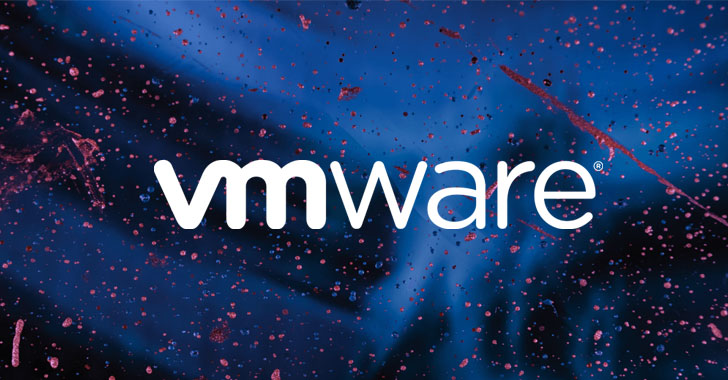VMware has released security updates to patch eight vulnerabilities spanning its products, some of which could be exploited to launch remote code execution attacks.
Tracked from CVE-2022-22954 to CVE-2022-22961 (CVSS scores: 5.3 - 9.8), the issues impact VMware Workspace ONE Access, VMware Identity Manager, VMware vRealize Automation, VMware Cloud Foundation, and vRealize Suite Lifecycle Manager.
Five of the eight bugs are rated Critical, two are rated Important, and one is rated Moderate in severity. Credited with reporting all the vulnerabilities is Steven Seeley of Qihoo 360 Vulnerability Research Institute.
The list of flaws is below -
CVE-2022-22954 (CVSS score: 9.8) - Server-side template injection remote code execution vulnerability affecting VMware Workspace ONE Access and Identity Manager CVE-2022-22955 & CVE-2022-22956 (CVSS scores: 9.8) - OAuth2 ACS authentication bypass vulnerabilities in VMware Workspace ONE Access CVE-2022-22957 & CVE-2022-22958 (CVSS scores: 9.1) - JDBC injection remote code execution vulnerabilities in VMware Workspace ONE Access, Identity Manager, and vRealize Automation CVE-2022-22959 (CVSS score: 8.8) - Cross-site request forgery (CSRF) vulnerability in VMware Workspace ONE Access, Identity Manager, and vRealize Automation CVE-2022-22960 (CVSS score: 7.8) - Local privilege escalation vulnerability in VMware Workspace ONE Access, Identity Manager and vRealize Automation, and CVE-2022-22961 (CVSS score: 5.3) - Information disclosure vulnerability impacting VMware Workspace ONE Access, Identity Manager and vRealize AutomationSuccessful exploitation of the aforementioned weaknesses could allow a malicious actor to escalate privileges to root user, gain access to the hostnames of the target systems, and remotely execute arbitrary code, effectively allowing full takeover.
"This critical vulnerability should be patched or mitigated immediately," VMware said in an alert. "The ramifications of this vulnerability are serious."
While the virtualization services provider noted that it has not seen any evidence that the vulnerabilities have been exploited in the wild, it's highly recommended to apply the patches to remove potential threats.
"Workarounds, while convenient, do not remove the vulnerabilities, and may introduce additional complexities that patching would not," the company cautioned.
Found this article interesting? Follow THN on Facebook, Twitter and LinkedIn to read more exclusive content we post.
.png)
 2 years ago
128
2 years ago
128 

















 Bengali (Bangladesh) ·
Bengali (Bangladesh) ·  English (United States) ·
English (United States) ·